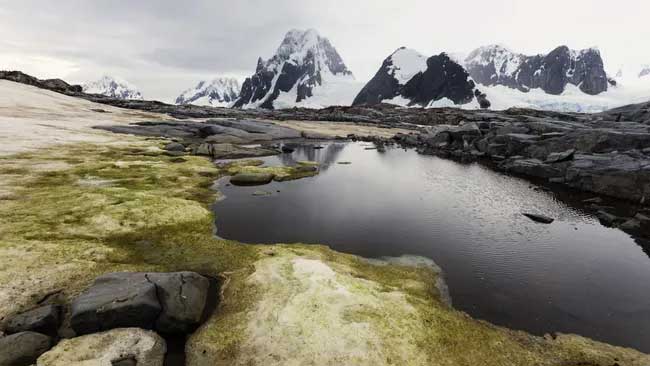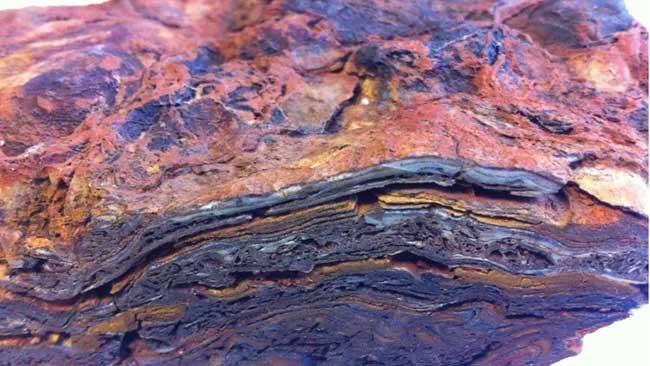New research suggests that salt crystals from Central Australia contain ancient microorganisms that became trapped 830 million years ago, and there is a chance that some of the microorganisms are still alive. The single-celled organisms are trapped in tiny pockets of liquid – smaller than the width of a human hair – in halite, or salt, from a sedimentary rock formation.
The microorganisms lived almost 1 billion years ago in what was either a shallow, salty marine environment or a shallow, salty lake. The researchers discovered this ancient life by peering into salt crystals using light microscopy, meaning they did not disturb the liquid pockets – and the status of life inside them is unknown. However, scientists have previously claimed to have resurrected primordial microorganisms found in salt crystals, so it is possible that the Australian organisms could also still be alive.
Ancient microorganisms have been found in salt crystals before, the oldest of which date back to the Permian period, about 250 million years ago. But most studies of these crystals are destructive, says study co-author Sarah Schroeder-Gomez, who conducted the research while at West Virginia University. In previous studies, researchers extracted the liquids trapped inside the crystals with a syringe or crushed or dissolved the crystals to get to the secrets inside.

Microorganisms dating back 830 million years have been preserved in ancient salt crystals from Australia. Sarah Schroeder-Gomes
These techniques can make it difficult to understand the age of microorganisms inside pockets of fluid. For example, some pockets of fluid form as soon as a salt crystal takes shape, meaning everything inside is the same age as the crystal, Schroeder-Gomes said. Other pockets form later, as cracks in the crystal fill in. Once a crystal is broken up, it’s hard to ensure that primary and secondary pockets of fluid don’t mix.
The new study looked at halite from Australia’s Brown Formation, which preserves an ancient, salt-rich landscape. The researchers took samples of halite from 4,858 feet (1,481 meters) to 4,987 feet (1,520 meters) below the modern surface and sliced the halite into 0.04-inch-thick (1 millimeter) sections. They then examined the halite under a microscope using both visible and ultraviolet light, magnifying the fluid pockets inside up to 2,000 times and focusing on the primary crystals that formed 830 million years ago.

Liquid inclusions in halite with microorganisms. Sarah Schroeder-Gomes
Inside, the researchers found eukaryotes (algae and fungi with separate cell nuclei) and prokaryotes (bacteria and archaea without nuclei). They distinguished these organisms by shape, size, color and fluorescence under ultraviolet light, Schroeder-Gomez said.
The researchers are unable to identify the exact species of these microorganisms, although one closely resembles Dunaliella, a very common salt-loving alga found in both ancient and modern salty environments. The organisms are tiny, ranging from half a micron to 5 microns in diameter. (For comparison, a human hair is about 70 microns wide.)
Salt-loving microbes are survivalists, able to hibernate or otherwise alter their metabolism to stay alive when the water around them dries up, Schroeder-Gomes said. In 2000, scientists said they had revived 250-million-year-old bacteria from salt, though they couldn’t conclusively prove that their zombie bacteria weren’t modern pollutants. Other very old microbes have been revived with more certainty, including 101.5-million-year-old bacteria from seafloor sediment. The researchers haven’t yet broken down the crystals to see if the Australian microbes have a second chance.
“If they can survive for 250 million years, why not for another few hundred million years?” Schroeder-Gomes said. “There is certainly an opportunity in the future to try to culture them.”






